Stroke
What is a Stroke?
Stroke is a disease that affects the arteries leading to and within the brain. It is the No. 5 cause of death and a leading cause of disability in the United States.
A stroke occurs when a blood vessel that carries oxygen and nutrients to the brain is either blocked by a clot or bursts (or ruptures). When that happens, part of the brain cannot get the blood (and oxygen) it needs, so it and brain cells die. The brain is an extremely complex organ that controls various body functions. If a stroke occurs and blood flow can’t reach the region that controls a particular body function, that part of the body won’t work as it should. If the stroke occurs toward the back of the brain, for instance, it’s likely that some disability involving vision will result. The effects of a stroke depend primarily on the location of the obstruction and the extent of brain tissue affected.
The effects of a stroke depend on several factors, including the location of the obstruction and how much brain tissue is affected. However, because one side of the brain controls the opposite side of the body, a stroke affecting one side will result in neurological complications on the opposite side of the body it affects.
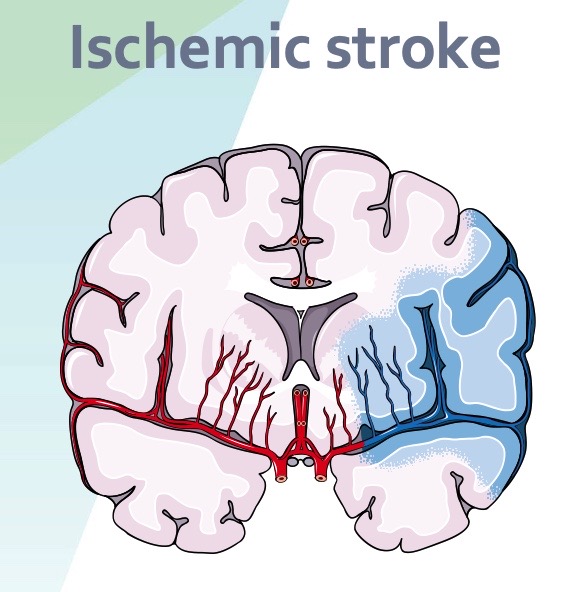
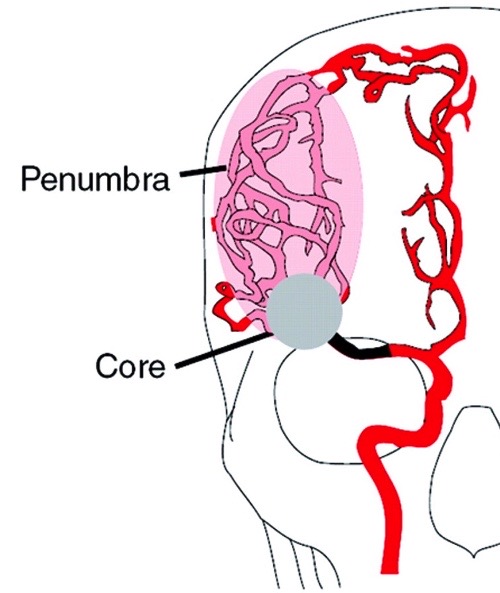
What Causes a Stroke?
Fatty deposits lining the vessel walls, called atherosclerosis, are the main cause for ischemic stroke. Fatty deposits can cause two types of obstruction:
- Cerebral thrombosis is a thrombus (blood clot) that develops at the fatty plaque within the blood vessel.
- Cerebral embolism is a blood clot that forms at another location in the circulatory system, usually the heart and large arteries of the upper chest and neck. Part of the blood clot breaks loose, enters the bloodstream and travels through the brain’s blood vessels until it reaches vessels too small to let it pass. A main cause of embolism is an irregular heartbeat called atrial fibrillation. It can cause clots to form in the heart, dislodge and travel to the brain.
- Risk factors for developing a Stroke include High Blood Pressure, High Cholesterol, Diabetes, Smoking, Blood Clotting Disorders, Certain types of Heart Disease, as well as a Family History of Stroke or Blood Vessel Diseases.
What are the Symptoms of a Stroke?
B.E.F.A.S.T. Warning Signs
Use the letters in B.E.F.A.S.T. to spot a Stroke
- B = Balance – Is the person suddenly having trouble with balance or coordination?
- E = Eyes – Is the person experiencing suddenly blurred or double vision or a sudden loss of vision in one or both eyes without pain?
- F = Face Drooping – Does one side of the face droop or is it numb? Ask the person to smile. Is the person’s smile uneven?
- A = Arm Weakness – Is one arm weak or numb? Ask the person to raise both arms. Does one arm drift downward?
- S = Speech Difficulty – Is speech slurred?
- T = Time to call 911
Other Stroke Symptoms
Watch for Sudden:
- NUMBNESS or weakness of face, arm, or leg, especially on one side of the body
- CONFUSION, trouble speaking or understanding speech
- TROUBLE SEEING in one or both eyes
- TROUBLE WALKING, dizziness, loss of balance or coordination
- SEVERE HEADACHE with no known cause
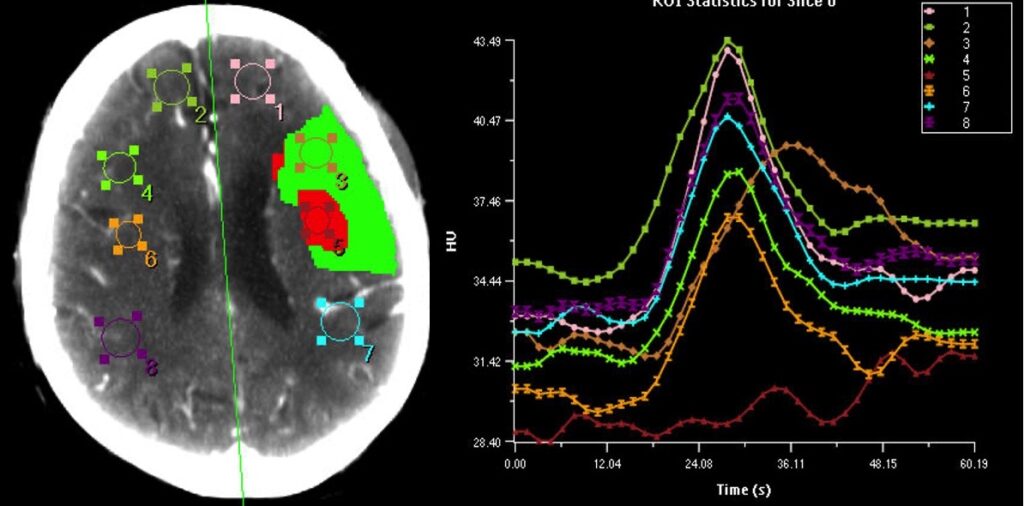
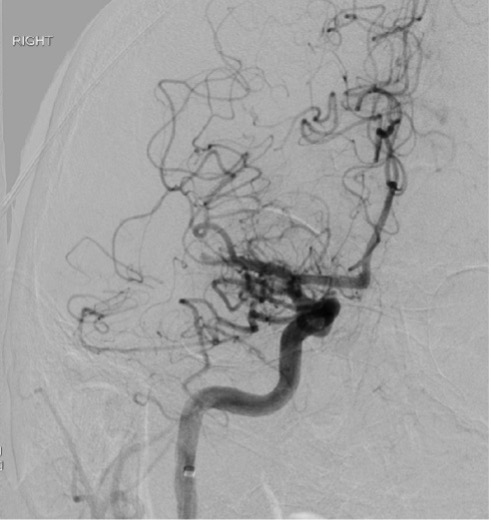
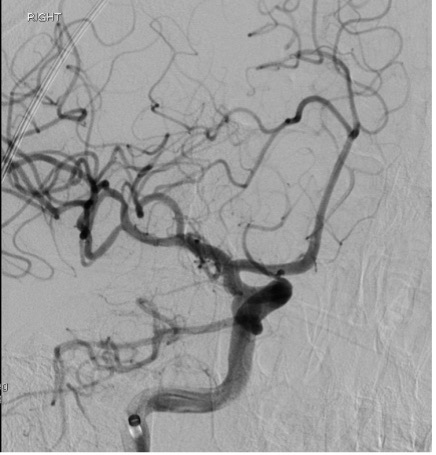
How can a Stroke be identified and Treated?
The first step is for a Person to recognize that they are “Not Normal” and they must call 911 and report to the hospital immediately.
In the Hospital, a person will undergo a CAT scan (CT) of their brain to evaluate for any bleeding (which differentiates and “Ischemic” Stroke from a “Hemorrhagic” Stroke), which would determine the types of Treatments that may be considered. Advanced Imaging of the Blood Vessels and Brain Tissue (CT Angiogram and CT Perfusion or MRI) may also be performed up to and beyond 24 hours from the start of the symptoms to help determine if a Person may benefit from Revascularization Therapy.
Clot Busting (tPA/Thromoblytic) Therapy – If a Person arrives within 4.5 hours of their stroke or in select situations, a Patient may be eligible to receive a Medication thru an IV to dissolve or break-apart a Clot and re-establish blood flow.
Neurointerventional Therapy and Mechanical Thrombectomy – If a Person is experiencing a Major Stroke secondary to Blockage of a Large or Medium Sized Artery (Large Vessel Occlusion – LVO or MeVO), they may be eligible to receive Emergency Neurointerventional Surgery where a Catheter and Clot Removal Device is Navigated to the Blockage to Remove it and Restore Blood Blow to the Brain.
